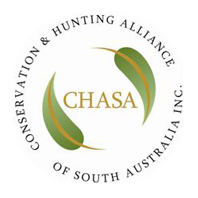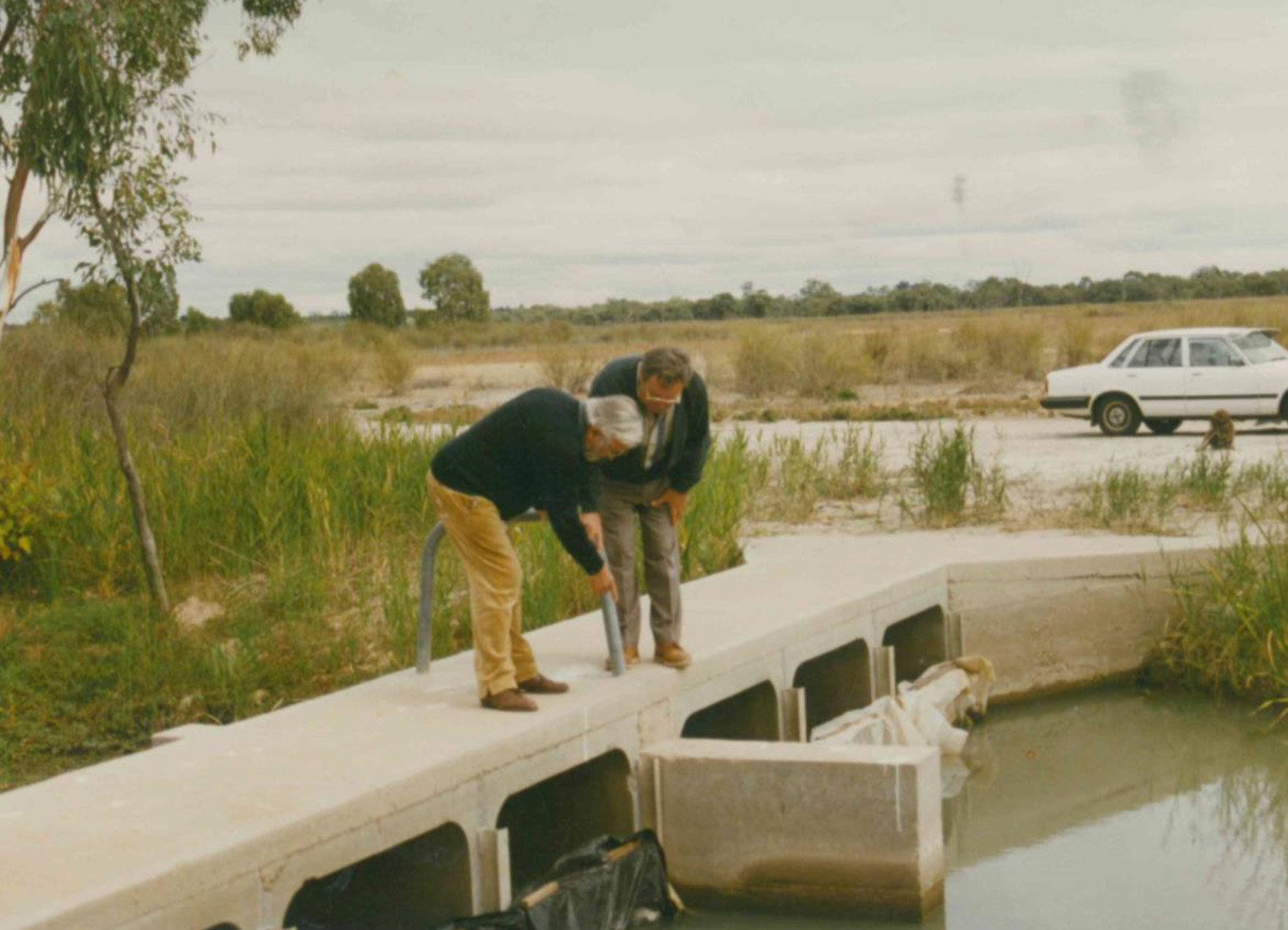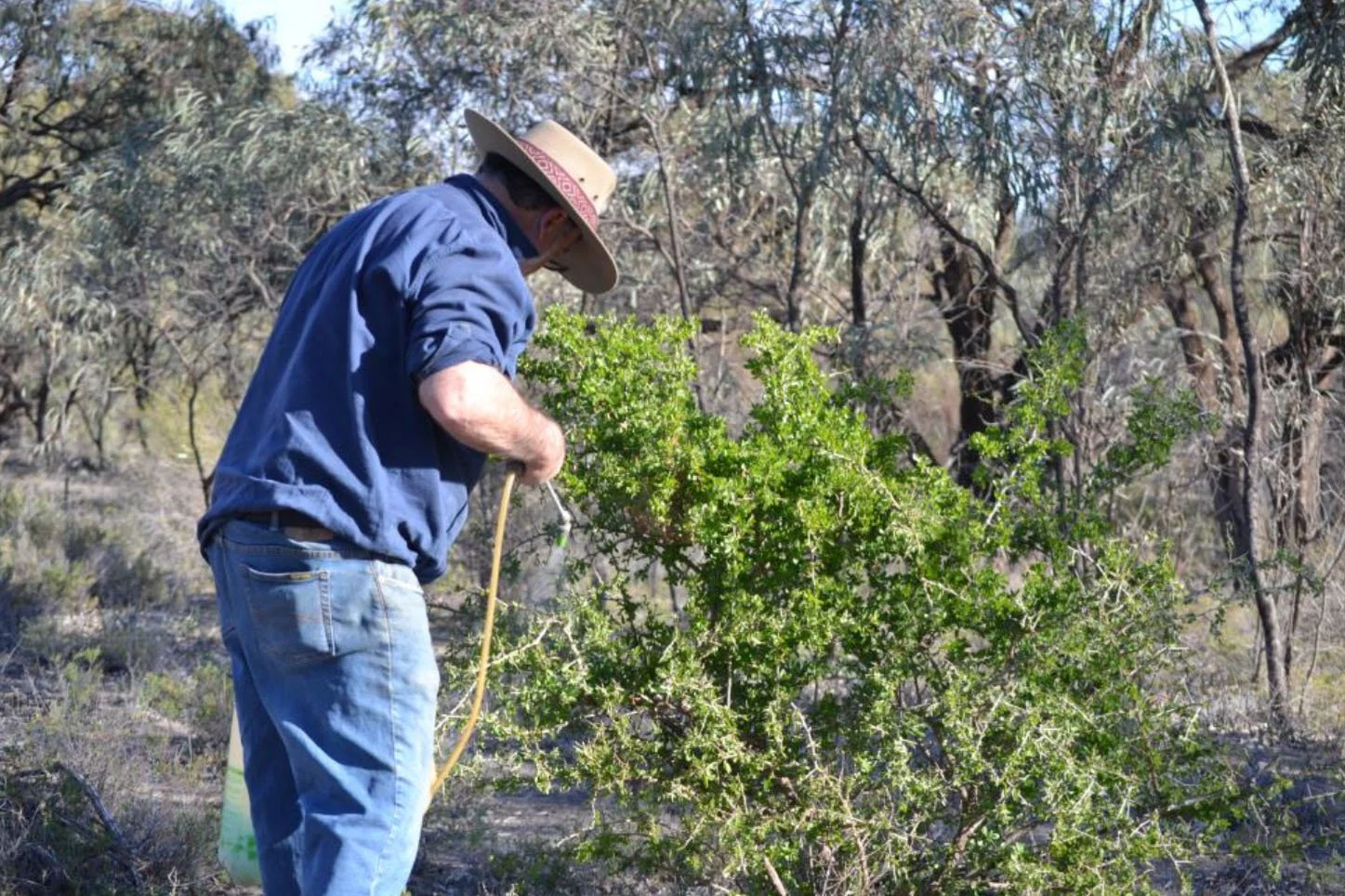Conservation
A hunter’s connection with the environment is a strong focus of modern hunting. We understand the importance of conserving the natural environment so that it attracts and supports an abundance of wildlife. At CHASA we strongly believe that conservation and hunting go hand in hand.
We work with the Department for Environment and Water and other hunting and conservation organisations to help conserve the environment and restore important wildlife habitats on both public and private land.
There are several ways you can get involved, including:
improving wetland habitats
reducing feral animal population
being part of citizen science programs by completing surveys (see our open season hunter report cards)
participating in research to better understand the needs of game species
helping to raise money for conservation programs
general maintenance of public and private hunting areas.
To get involved, join a conservation and hunting club or contact the Department for Environment and Water for volunteering opportunities.
Our Projects
CHASA directly supports multiple Conservation efforts across South Australia, read our news page to catch up on the latest updatres on CHASA conservation efforts.
The Loveday Wetland Complex Project
A Legacy of Conservation and Community Connection
The Loveday Wetland Complex, a series of wetlands nestled inside a bend on the River Murray, is a testimony to the enduring commitment to environmental stewardship by the Barmera Moorook Field and Game (BMFG). From its inception on 7th May 1967 at Peter Schramm's house, BMFG has been dedicated to both hunting and conservation.
The Journey
Peter Schramm, the club's inaugural captain, was instrumental in the development of the Loveday Wetland Complex. His vision for wetland conservation, along with a collective effort from club members, has led to the present state of the wetlands.
In the early 1980s, the committee sought government support to acquire the lease, launching a series of conservation efforts. Activities such as annual working bees, carp control, and waste management have become the club's tradition, bringing members and local community together.
The Wetlands
The Loveday Wetland Complex consists of various wetlands, providing a rich habitat for waterbirds. The complex is home to species like Spoonbills, Ibis, Musk Ducks, Swans, Grebes, and Egrets, among others. The wetlands have been featured in SAFGA brochures, reflecting their ecological significance.
Challenges and Triumphs
Over the years, BMFG faced and overcame many challenges, from fire and floods to issues with wetland management and weed control. They continue to work with government agencies and the community to enhance the wetland's condition and address new challenges.
Community Engagement
Community involvement in BMFG activities goes beyond hunting and conservation. Events like Dog Trials highlight another community use of the property, involving handlers, trainers, and breeders. The property's major uses extend to local people who find solace and recreation within its beautiful landscapes.
A Continuous Quest for Improvement
The Loveday Project is a dynamic endeavor. Recent successful grants for weed control and continuous efforts to improve wetland structures demonstrate BMFG's unwavering commitment to their cause. Whether it is environmental monitoring or erecting nesting boxes, the focus is always on improving and preserving this unique habitat.















